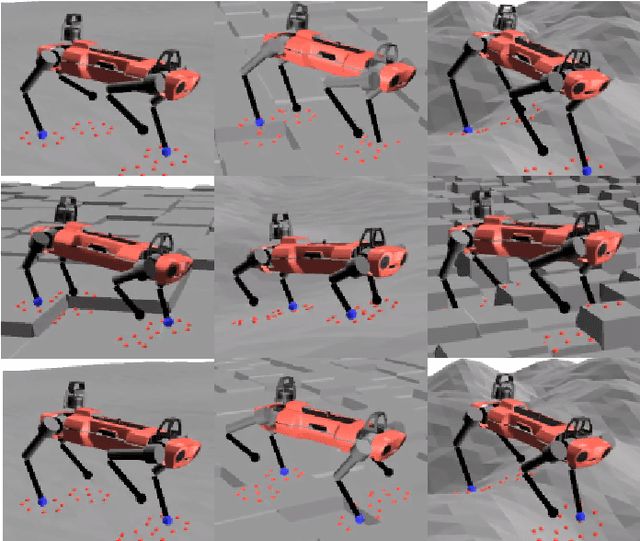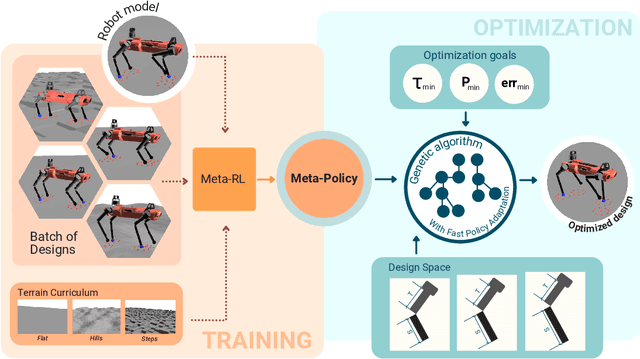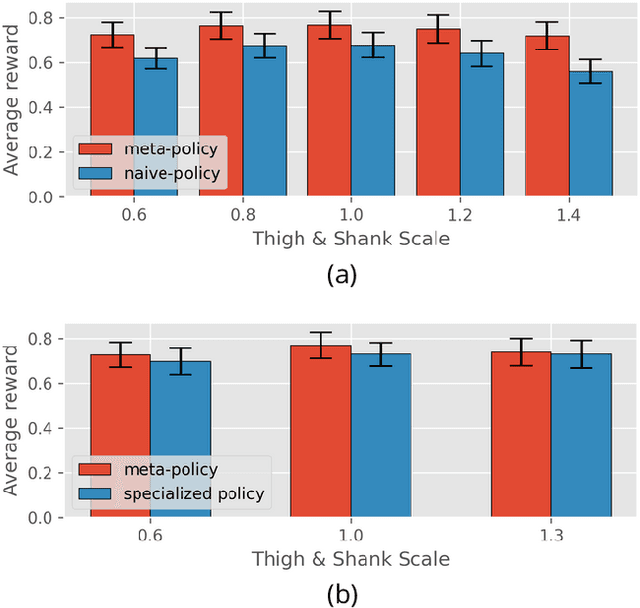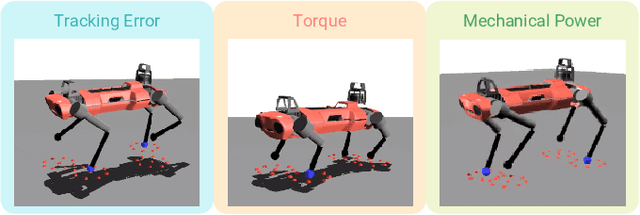Álvaro Belmonte-Baeza
Optimal path planning and weighted control of a four-arm robot in on-orbit servicing
Jun 07, 2024Abstract:This paper presents a trajectory optimization and control approach for the guidance of an orbital four-arm robot in extravehicular activities. The robot operates near the target spacecraft, enabling its arm's end-effectors to reach the spacecraft's surface. Connections to the target spacecraft can be established by the arms through specific footholds (docking devices). The trajectory optimization allows the robot path planning by computing the docking positions on the target spacecraft surface, along with their timing, the arm trajectories, the six degrees of freedom body motion, and the necessary contact forces during docking. In addition, the paper introduces a controller designed to track the planned trajectories derived from the solution of the nonlinear programming problem. A weighted controller formulated as a convex optimization problem is proposed. The controller is defined as the optimization of an objective function that allows the system to perform a set of tasks simultaneously. Simulation results show the application of the trajectory optimization and control approaches to an on-orbit servicing scenario.
Meta Reinforcement Learning for Optimal Design of Legged Robots
Oct 06, 2022



Abstract:The process of robot design is a complex task and the majority of design decisions are still based on human intuition or tedious manual tuning. A more informed way of facing this task is computational design methods where design parameters are concurrently optimized with corresponding controllers. Existing approaches, however, are strongly influenced by predefined control rules or motion templates and cannot provide end-to-end solutions. In this paper, we present a design optimization framework using model-free meta reinforcement learning, and its application to the optimizing kinematics and actuator parameters of quadrupedal robots. We use meta reinforcement learning to train a locomotion policy that can quickly adapt to different designs. This policy is used to evaluate each design instance during the design optimization. We demonstrate that the policy can control robots of different designs to track random velocity commands over various rough terrains. With controlled experiments, we show that the meta policy achieves close-to-optimal performance for each design instance after adaptation. Lastly, we compare our results against a model-based baseline and show that our approach allows higher performance while not being constrained by predefined motions or gait patterns.
 Add to Chrome
Add to Chrome Add to Firefox
Add to Firefox Add to Edge
Add to Edge